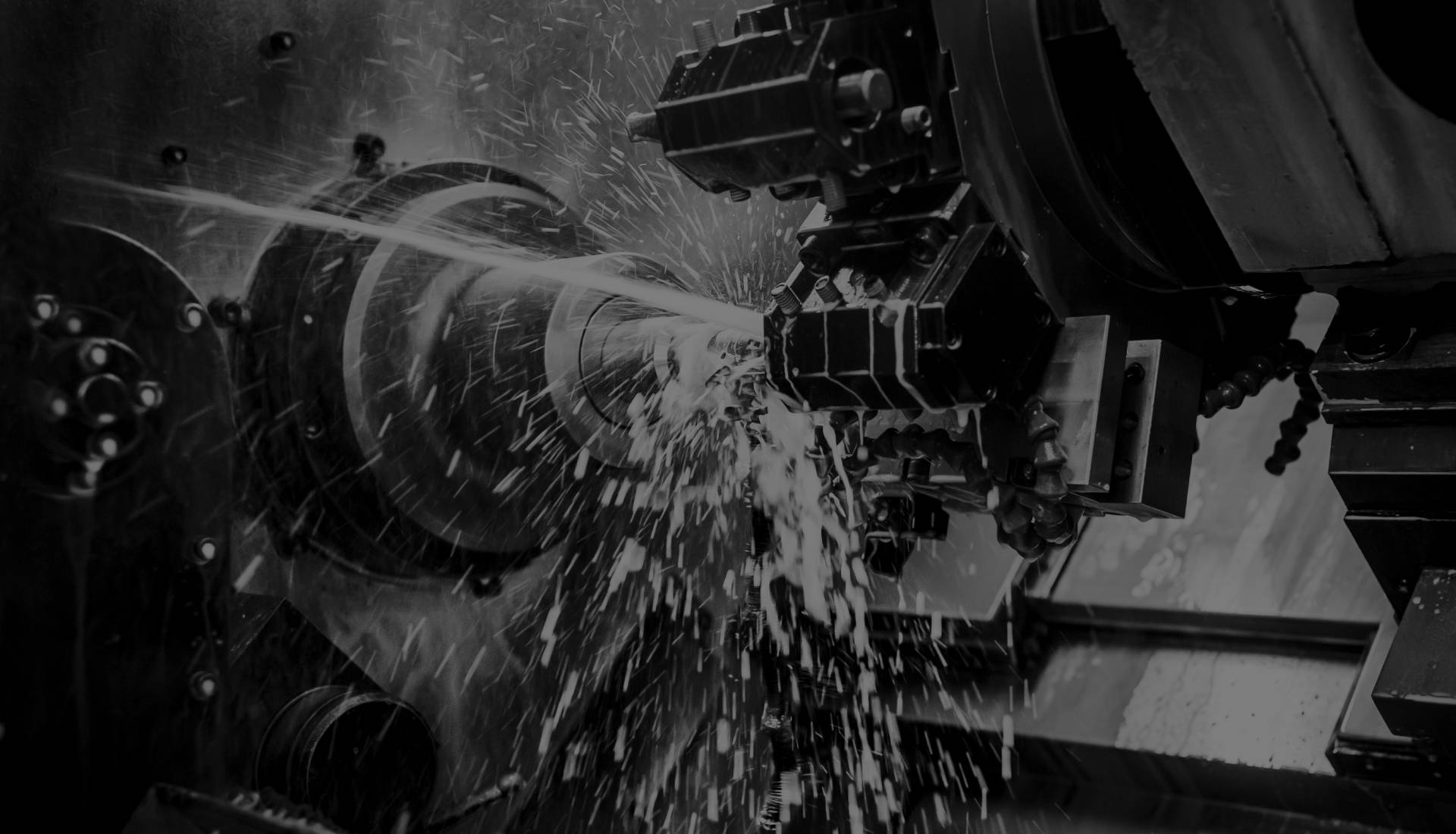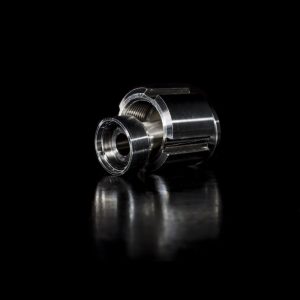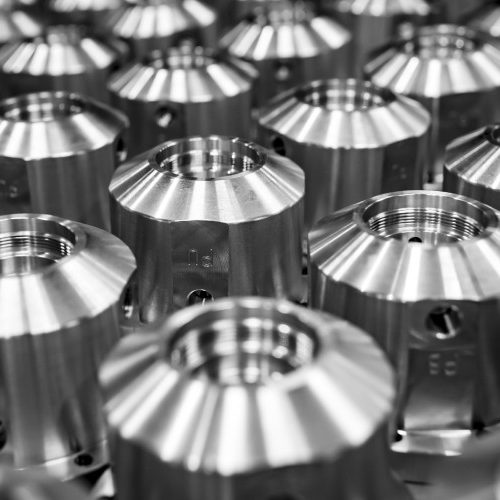MATERIAL
SMI Machining can drill holes in almost all types of metal such as steel, high strength steel, wear resistant steel, stainless steel and aluminum. Depending on the application and purpose of the finished product, SMI can provide the necessary advice on which materials are best to use and the size of the holes for maximum strength. For our offshore market, it is common to use high-strength steel as these products must handle heavy loads and structures.
Our in-house expertise ensures that the quality and properties of materials such as steel and aluminum are not lost during the drilling process.
Drilling is a machining technique in which the tool, the drill, makes a perfectly round hole in the material. The product is clamped in the lathe while the drill rotates. About 75% of all material processing movements worldwide is drilling.
Difference between boring and drilling
Boring is also a machining process that is often confused with drilling. Boring is a form of turning in which the chisel faces outward, whereas in drilling the chisel (the drill bit) faces inward. You do this after a relatively rough hole has been drilled; the boring technique is more precise in nature. The drilled hole is made "cleaner," so to speak, by taking bites out of the material.
CNC drilling in practice
Before one begins drilling, one determines the exact location of the hole. Once determined, the center drill (a type of awl) makes a well in the material. This is to create a start and guide the drill bit. Then the drill begins to rotate at high speed and enters the product. To prevent overheating and to remove the chips (waste), spray water on the drill bit and into the hole.
To drill a large-diameter hole, it must be drilled twice. This is called drilling up or turning out. This technique involves first drilling a small-diameter hole and then drilling a larger hole in that smaller hole.
Thread Tapping
Tapping or simply tapping is also a common term in CNC machining. Tapping is basically the same as drilling, but using a thread tap to create threads in the hole you are making at the same time. A thread tap is a screw forming tool that can cut threads in any material. The hole that is also drilled should be a slightly smaller diameter than the thread profile, but just slightly larger than the core of the tap.
CNC drilling
Drilling can be done manually, but that is labor intensive and ineffcient. The desired diameter of the chuck is entered into the computer by the CNC machine setter. Then the computer's CAM module controls all the movements of the lathe. The setter takes an observing and controlling position. The CNC machine realizes fast serial production and the human keeps an eye on the quality of the final product. Don't minimal deviations occur in the diameter of the drilled hole? Marvo's well-trained CNC machine setters know what they are doing. Please contact us for more information about our services.





